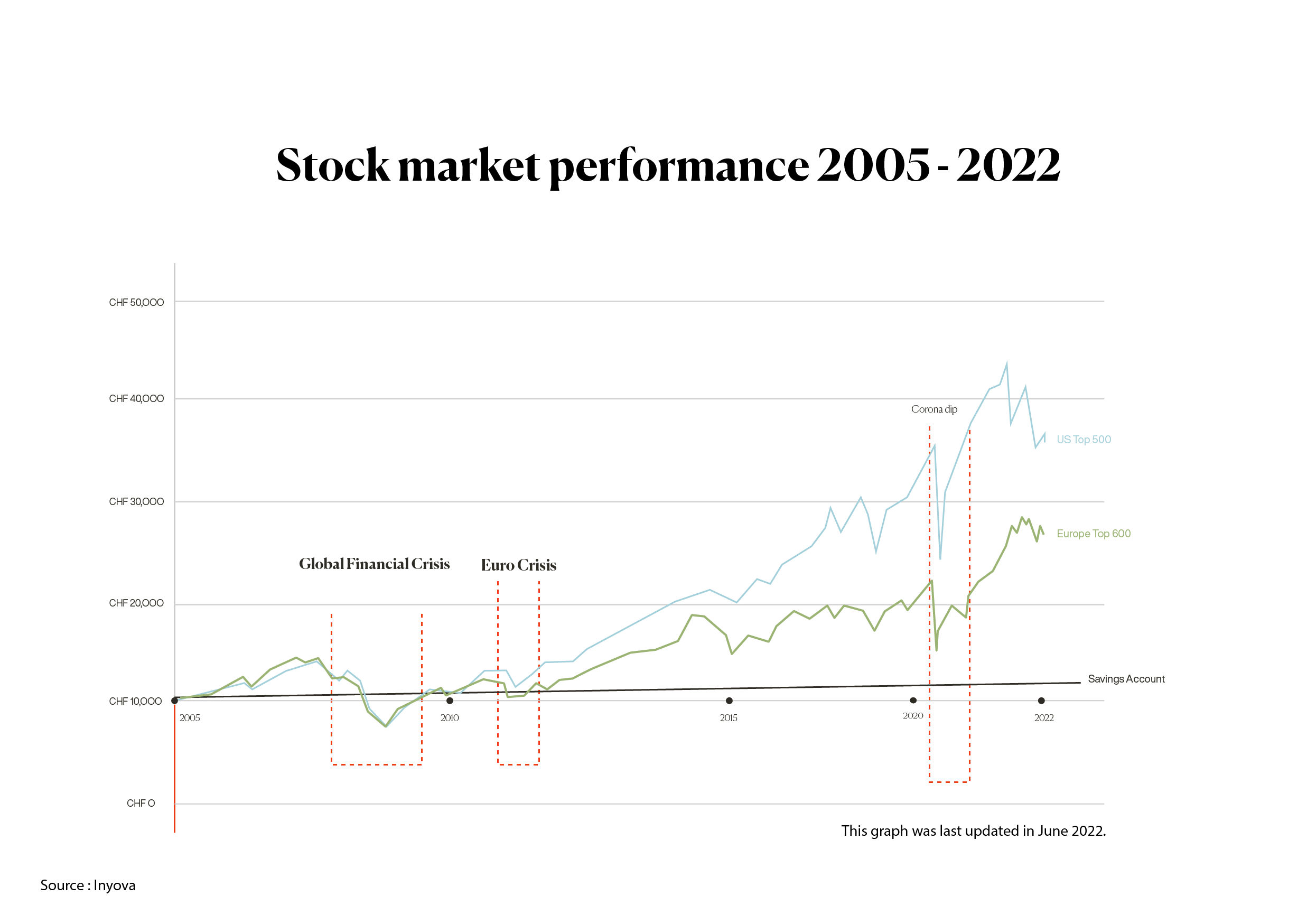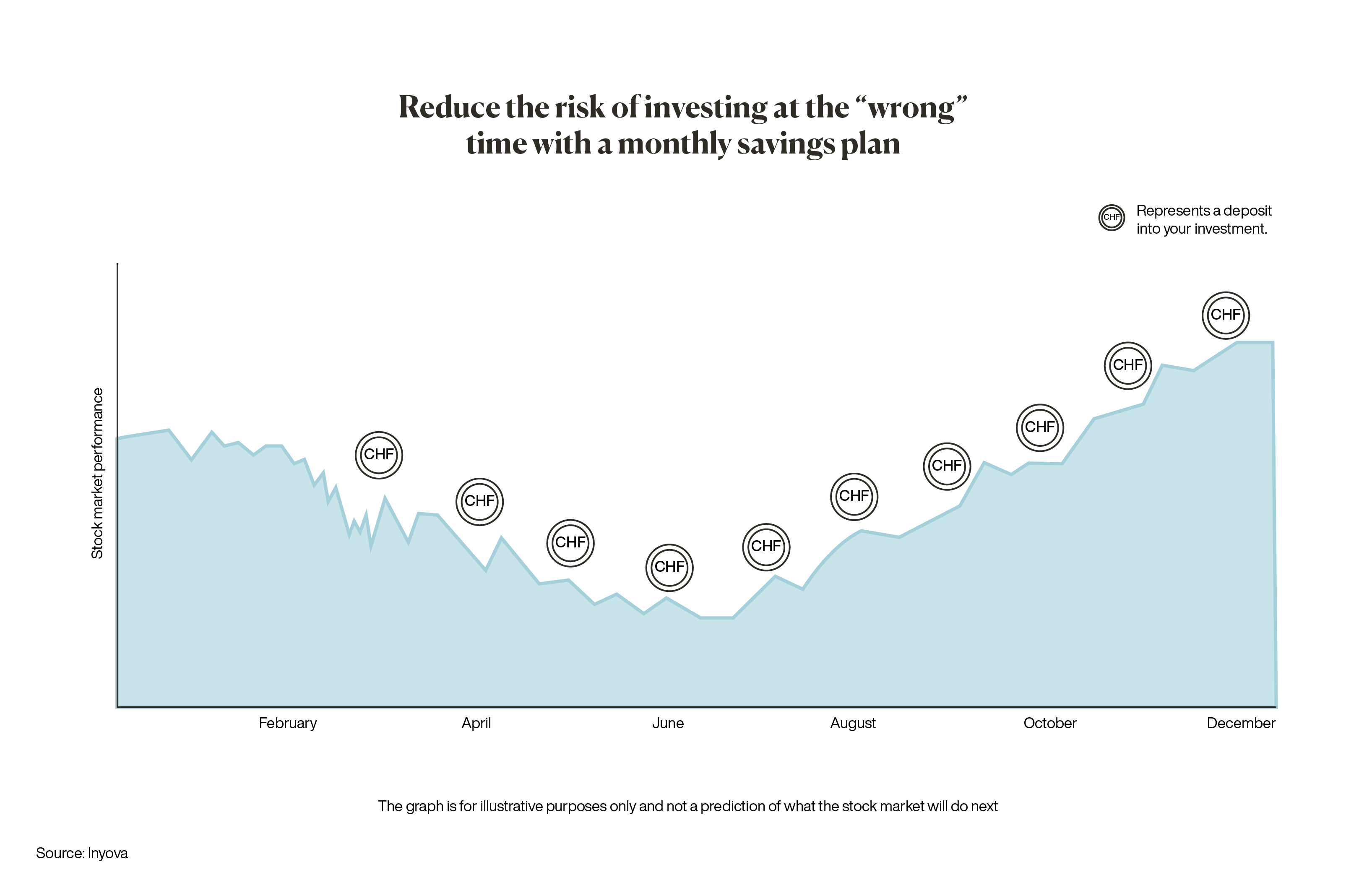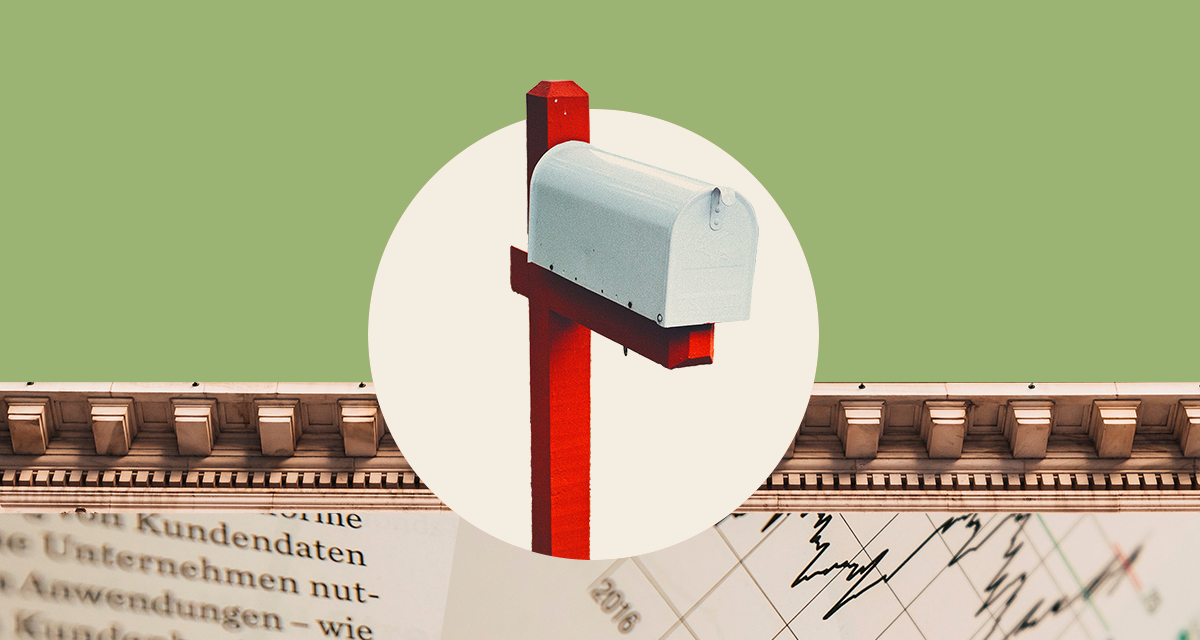Lately it’s been feeling like the world is lurching from one crisis to the next. With everything that’s going on, you may be questioning whether now is the right time to invest.
And while that’s a reasonable question to ask, you might also be interested to know that hundreds of people have started investing with Inyova in recent months. Many existing Inyova customers have added to their investments, too!
Wait, what?! But isn’t the stock market down?
Yes. But here’s two simple things to remember:
- When stock market prices drop, you can buy stocks at lower prices.
- Many, many decades of financial history illustrate that the markets have trended upwards in the long term, despite these turbulences along the way.
With that in mind, there are two common approaches for investing in market downturns:
- You could invest a lump sum all at once.
- You could invest small amounts over time.
We’ll explain the pros and cons for both options in this article.
But maybe you’re thinking: I’m going to wait until the market starts to swing upwards, then I’ll start.
We will unpack this approach, too.
But first, let’s take a quick look at what’s been happening in the stock market since the beginning of the year.
What is going on in the stock market?
Let’s not dodge the issue – the last year has been a shaky time for global stock markets. Here’s a rundown of the series of events that have been sending ripples of uncertainty through the stock market:
- The pandemic (let’s not forget, it was a BIG deal as recently as December 2021)
- Invasion of Ukraine
- The energy crisis
Making the situation all the more complex, we also have rising inflation and interest rates, as well as delays in supplies coming from China.
But don’t panic. When thinking about the relationship between stock markets and the events taking place in the world, there are two important notes to keep in mind:
- Stock markets are “forward-looking”. This means prices already reflect the potential economic effects people think the event will have in the future. This is another reason why the stock market often moves up and down in times of crisis – such movements reflect the fact that investors are reacting to promising and not-so-promising news (more about this shortly).
- Dips in the stock market are normal, especially in response to major global events. When we design any Inyova investment, we do so with the knowledge that rough market times will come at some time, for some reason. Such events have happened before, and they will happen again in the future. That’s why every investment made through Inyova is designed to withstand volatility in the long run.
Now let’s look at 3 common strategies for investing during market downturns.
Investment Strategy #1: Invest a lump sum all at once
This investment strategy is worth considering if you have a very long time horizon (say, 10-20 years). If that’s the case, you don’t need to be concerned that the market is changing a lot right now, since you know that, based on history, the stock market has always bounced back. There’s good years and bad years, but when you take a long-term view, the stock market has historically grown at around 6% each year on average.
The advantage of this investment strategy is that you are well positioned if the market rebounds. With 100% of your investment amount already locked into the stock market, you will reap the full benefits when the market swings upwards again. Historically, this has been the most successful strategy for investing on average.
The downside? There’s always a chance the market could go down further in the short term. That’s why we always think about stock market investments with a long time horizon. After all, many studies support the idea that “time in the market is more important than market timing” – in other words, the amount of time you hold your investment typically has more impact on your returns than entering the market at the “perfect” time.
As an extreme example, let’s look at the Global Financial Crisis that started in 2008. Let’s assume a person invested in Swiss equities at the market peak, directly before the crash, and saw around 34% of their value wiped off within a year. Ouch!
The good news is that as early as 2014, these losses would have been more than balanced. That’s right: despite enduring one of the biggest financial crises in history and the euro crisis in 2011, this worst-case investment would still have yielded a small positive return by 2014.
The trick is being comfortable with holding on and riding out any storm that comes along. You may have to wait a few years for a storm to pass, but in the end, the investment is almost always worthwhile. This graph illustrates it nicely!

However, if you are still hesitating, this strategy might not be for you. Instead, have a look at Investment Strategy #2….
Investment Strategy #2: Invest small amounts over time
Many people recognise that market dips are an opportunity to invest – after all, you buy more stocks at lower prices.
However, investing everything at once can be emotionally taxing, especially if your time horizon is more medium-term. After all, in times of crisis, no one can predict what the markets will do next. As a result, many would-be investors find themselves stuck in “analysis paralysis”, never taking any action because they are always waiting for that perfect time to come along.
For investors who are feeling nervous about diving into a fast-changing market, this strategy makes a lot of sense: rather than buying all your stocks in one go, set up an automatic transfer where you add smaller amounts to your investment over time. It’s a great way to break through that dreaded paralysis!
What could this look like?
- On one end of the spectrum, you could split your investment in two tranches and spread them out. For example, you could invest your first tranche now, and the second in six months.
- Alternatively, set up an investment savings plan where you add to your investment every month. This could result in as many as 10-20 tranches (although many investors keep their investment savings plan running continuously).
These methods of investing are popular because when you add money to your investment at different times, you end up buying stocks at a variety of prices. This reduces the risk that you buy at a “bad” time. In the end, you typically achieve something closer to the average stock market prices for the period.
Historically, this approach to investing has resulted in slower, steadier growth in the long term on average (that means: less total growth, but fewer ‘ups’ and ‘downs’ along the way).

Good to know: Inyova charges no additional fees when you opt for a savings plan or add more money to your investment. You can also suspend your deposits at any time, stop them completely or simply adjust the amount. As always, it’s possible to withdraw your money at any time – there’s no lock-in.
Investment Strategy #3: Wait until the market is at its lowest point, then start
We all know someone who has grand plans to sit on the sidelines until the market bottoms out and then invest. And we get it: Buying right before the market starts to grow seems like a great way to start.
Unfortunately, while timing the market is easy in hindsight, it’s very difficult in reality. Investors who follow this approach often end up missing out on the strongest gains.
If you might fall into this category, it’s worth keeping these two points in mind:
- In terms of generating long-term returns, it has proven worse to miss the stock market’s upward swing than to experience downward movements along the way. As the saying goes: You have to be in to win!
- The sting of a downturn is only felt if you are forced to sell your stocks in a hurry. Remember the example from earlier in the article about the person who invested in the dizzying heights of the market, right before the Global Financial Crisis hit in 2008. As long as they held on to their stocks, they would now be enjoying a very handsome return.
In conclusion, Investment Strategy #3 is rarely feasible for normal investors. Even if you follow the markets closely, you still need a lot of luck on your side to achieve the right timing. Most professionals regularly fail and need many tries to achieve one example of “good timing”.
So, why do people sell stocks when the market drops?
It’s an interesting psychological phenomenon: Humans take comfort in moving with the crowd.
When the stock market is doing well, investors feel confident and “fear of missing out” drives more and more people to buy. Since the stock market is driven by supply and demand, this pushes stock prices up.
Likewise, nervous whispers can send investors into a fear-driven selling frenzy.
As an investor, it’s important to be conscious about fear or nervousness guiding your decision-making (the same goes if you are excited or feeling the fear of missing out on something great). These emotional decisions often lead people to buy high and sell low. Obviously, that’s not a successful approach to investing!
If you have any questions about getting started, or about the market in general, you can reach our friendly customer success team by emailing [email protected] or calling 044 271 5000.
Risk notice
All information is only intended to support your independent investment decision and does not represent a recommendation by Inyova. The presented product information and calculation examples do not claim to be complete or correct. Only the specifications in the asset management contract incl. the further legal documents, which are made available to Inyova customers via the complete customer documentation, are authoritative. Please read the asset management contract and the other customer documents carefully before making an investment decision. For all stocks and ETFs, past performance is no guarantee of future performance. Information on past performance does not permit forecasts for the future. Investments in securities involve the risk of loss of value. Other securities services may produce different results. The results for individually managed portfolios as well as the different time periods may differ due to market conditions, different entry times, different portfolio sizes, individual restrictions and the respective composition of the portfolio.
Disclaimer
Past performance of financial markets and instruments is never indicative of future performance. The statements or information in this document do not constitute a recommendation, offer, or solicitation to buy or sell any security or financial instrument. Inyova GmbH does not assume any liability with regard to the reliability and completeness of the information contained in this article. Liability claims regarding damage caused by the use of any information provided, including any kind of information which is incomplete or incorrect, will therefore be rejected. Furthermore, the statements contained in this document reflect an assessment at the time of publication and are subject to change. References and links to third-party websites are outside the responsibility of Inyova GmbH. Any responsibility for such websites is declined.
Advertising notice
The information and evaluations presented here are an advertising communication which has not been prepared in accordance with legal provisions promoting the independence of financial analyses and is not subject to any prohibition of trading following the dissemination of financial analyses.
The acquisition of this investment involves considerable risks and may lead to the complete loss of the invested assets.
Fees
Inyova receives an all-inclusive fee of 0.6-1.2% p.a. for its services, depending on the amount of assets under management. The exact calculation can be found at www.inyova.ch/en/fees
.


